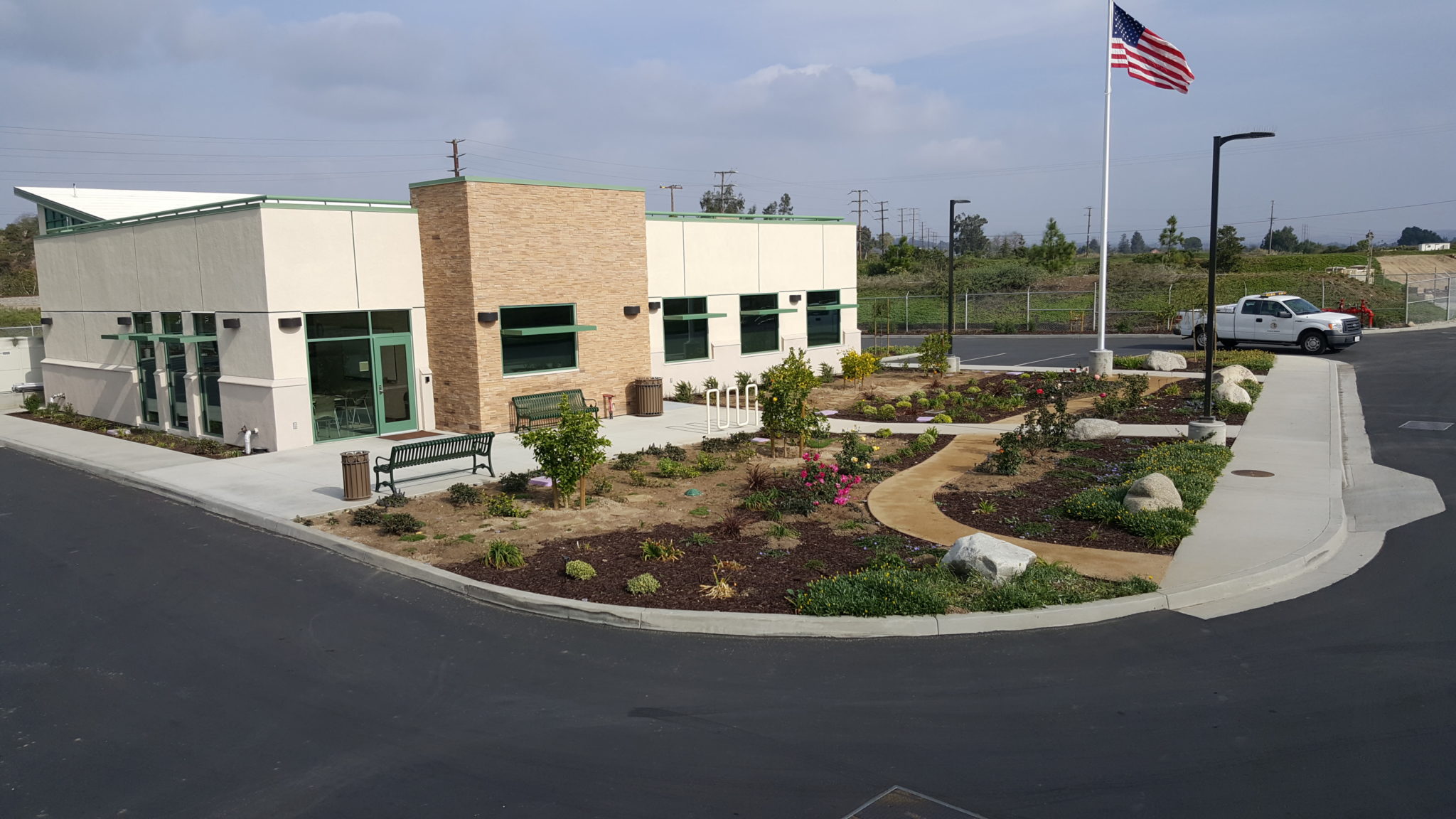By David Goldstein
Special to the Acorn
Due to watering restrictions, many residents are planning changes to their landscapes. Besides drought-tolerant plants, fire resistance should be considered.
Nearly any plant becomes tinder when dead, so if your thirsty landscape cannot survive the reduced watering schedules, remove them before they die. You might also consider ridding your landscape of fire-prone plants, even if those plants are low-water users.
Some drought-resistant native plants such as buckwheat and manzanita are highly flammable. However, plenty of plants, beyond just desertscape succulents, salvia sage and monkeyflower, are low-water-using, low-waste-producing and fire resistant.
Cal Fire does not list discouraged or recommended plants on its website readyforwildfire.org, instead advising the public to consider the “characteristics” and location of plants.
The agency suggests that landscapes near homes avoid plants “with dense structures” and avoid ones producing “a lot of waxes, oils, and resins.” The former category can “capture embers and may be more likely to ignite,” and the latter category “burns with more heat energy.”
Additionally, Cal Fire notes that plant placement is crucial, advising homeowners to remove vegetation touching a home’s siding, growing in front of windows or reaching a home’s eaves, vents or decks.
Even while agreeing with Cal Fire that plant location and garden maintenance may affect fire vulnerability more than plant type, other reliable sources are quite willing to provide advice about fire-resistant plant types. One of the best lists, including botanical name, common name and climate zone, was produced with funding from the Theodore Payne Foundation for the County of San Diego, firesafesdcounty.org.
Making way for desirable plants might require removing undesirable ones. For large landscape removal jobs, you can rent a chipper and turn your discards into mulch. Keep the mulch at least 5 feet away from structures to avoid creating another fire danger.
Max Young, lead wildfire safety liaison for the Ventura Regional Fire Safe council, clarifies, “Exclude woody mulch from Zone Zero, which is 5 feet from the farthest overhang of eaves or decks.”
Local fire safe councils offer free “home hardening” assessments, with recommendations for improving safety, according to Jill Santos, executive director of Ventura Regional Fire Safe Council.
“We are also developing funding programs to help people with limited means implement those recommendations,” Santos said.
To secure funding from Cal Fire and other sources, the local councils are developing community plans for fire resistance. Town hall meetings are the first step in plan development through a program set up by the fire safe councils and the Ventura County Resource Conservation District.
Sign up, at vcrcd.org/ vcwc to be notified of upcoming wildfire town hall meetings and “listening sessions” in your area.
In addition to providing opportunities for community input on issues such as evacuation routes, “ready-set-go” plans and home hardening, these meetings offer opportunities for residents to “engage with wildfire professionals and learn about how to prepare, react, and recover from wildfires,” according to the website.
Plants inappropriate for a fireprone area next to open space may be suitable for areas closer to the city center, and sometimes you can accomplish this removal and reuse of your plants with minimal work.
In the manner of Tom Sawyer enlisting neighboring children to paint a picket fence, you can list plants on sites such as Nextdoor.com, Craigslist and Freecycle as available for free with the caveat, “you must dig out and haul.” In listings, note the species offered and the size.
David Goldstein, environmental resource analyst with Ventura County Public Works Agency, may be reached at (805) 658-4312 or david.goldstein@ventura.org.
https://www.toacorn.com/articles/when-landscaping-consider-threat-of-fire/




